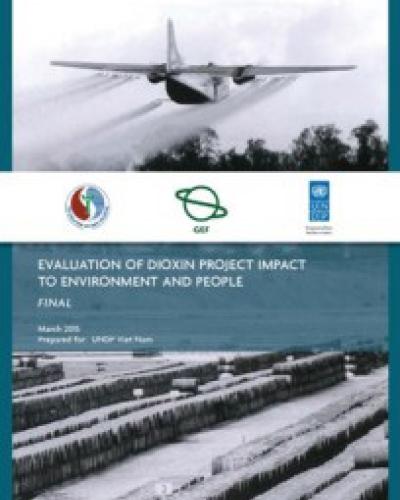Evaluation of dioxin project impact to environment and people

The Global Environment Facility (GEF) and United Nations Development Programme (UNDP) project PIMS 3685 “Environmental Remediation of Dioxin Contaminated Hotspots in Viet Nam” (hereafter also referred to as “dioxin project”) aims to reduce or eliminate the risks to human health and ecosystems due to 2,3,7,8-Tetrachlorodibenzodioxin (TCDD) in each of three hotspot areas: Da Nang, Bien Hoa and Phu Cat. Hotspots have high residual dioxin concentrations in soil, sediment and other contaminated media (such as fish tissues) due to the storage, use and spillage of Agent Orange during the US-Viet Nam war.
The project goals will be achieved through containing and remediating dioxin contamination, introducing land use practices on and around hotspots that eliminate risks of further contamination, and by fostering the technical, institutional and financial capacity of Vietnamese government counterparts to address other contamination sites beyond the identified hotspots.
This report evaluates key project activities over the past four years and the project’s impacts and benefits to the environment and local people surrounding the three main dioxin hotspots of Da Nang, Bien Hoa and Phu Cat.






